Home>diy>Home Improvement>What Is A VA Renovation Loan


Home Improvement
What Is A VA Renovation Loan
Modified: January 9, 2024
Learn about VA renovation loans for home improvement projects. Discover how this loan program can help finance upgrades and repairs for your property.
(Many of the links in this article redirect to a specific reviewed product. Your purchase of these products through affiliate links helps to generate commission for Storables.com, at no extra cost. Learn more)
Introduction
Welcome to the world of home improvement! Whether you’re a new homeowner looking to personalize your space or a seasoned pro seeking to upgrade your property, home renovations can be both exciting and daunting. From tackling small DIY projects to completely transforming your living space, there are endless possibilities to enhance the comfort, aesthetics, and functionality of your home.
One major concern you may face when considering home renovations is the financial aspect. Renovations can be costly, and not everyone has the funds readily available to finance their dream home makeover. However, there is a solution specifically designed to assist veterans in achieving their renovation goals – the VA Renovation Loan.
The VA Renovation Loan is a unique home improvement loan program offered exclusively to veterans, active-duty service members, and their eligible spouses. This loan combines the benefits of a VA home loan with the flexibility to incorporate renovation costs into the mortgage. So, if you’re a veteran or currently serving in the military, this loan option may be the perfect fit for your home improvement plans.
In this article, we will explore the ins and outs of a VA Renovation Loan, including its definition, eligibility criteria, benefits, and the process of applying for one. Additionally, we’ll discuss the types of renovations covered by this loan and outline its pros and cons to help you make an informed decision before diving into your home improvement project.
So, let’s get started and discover everything you need to know about the VA Renovation Loan and how it can turn your house into the home of your dreams!
Key Takeaways:
- VA Renovation Loans offer veterans and military personnel the flexibility to finance home purchases and renovations with competitive interest rates, no down payment, and potential property value increase.
- Eligibility criteria, pros and cons, and the application process are crucial considerations when exploring the benefits of VA Renovation Loans for achieving personalized home improvements.
Read more: Who Offers VA Construction Loans
Definition of a VA Renovation Loan
A VA Renovation Loan, also known as a VA Rehab Loan or VA Home Improvement Loan, is a financial product designed specifically for veterans, active-duty service members, and their eligible spouses. This loan program allows borrowers to combine the funds for purchasing or refinancing a home with the costs of renovating or rehabilitating the property.
Unlike traditional home improvement loans, a VA Renovation Loan is backed by the U.S. Department of Veterans Affairs (VA). This backing provides lenders with an added level of assurance, allowing them to offer favorable terms and conditions to borrowers. As a result, veterans and military personnel can access competitive interest rates and flexible repayment options.
The primary goal of a VA Renovation Loan is to assist veterans in purchasing a home that may not meet their desired standards or requires repairs or improvements. By incorporating the renovation costs into the mortgage loan, borrowers can access the necessary funds upfront without the need for additional financing.
It’s important to note that a VA Renovation Loan is different from a traditional VA home loan. While both loans are exclusively available to veterans and military personnel, a VA home loan is used solely for the purpose of purchasing or refinancing a home, whereas a VA Renovation Loan includes the added benefit of financing renovations or repairs.
The VA Renovation Loan can be used for a wide range of home improvement projects, including but not limited to:
- Updating outdated kitchens or bathrooms
- Adding additional living space
- Replacing flooring or windows
- Repairing or replacing the roof
- Enhancing energy efficiency
- Adapting the home for disability accessibility
By utilizing a VA Renovation Loan, veterans and military personnel can transform a fixer-upper into their dream home while keeping their finances manageable. The loan provides the opportunity to customize and personalize their living space, ultimately increasing the value and comfort of the property.
Now that we understand the definition of a VA Renovation Loan, let’s explore the eligibility requirements to determine if you qualify for this unique financial assistance.
Eligibility for a VA Renovation Loan
To qualify for a VA Renovation Loan, you must meet certain eligibility requirements set by the U.S. Department of Veterans Affairs (VA). These requirements ensure that the loan program is targeted towards veterans, active-duty service members, and their eligible spouses, enabling them to access the benefits and opportunities available.
Here are the key eligibility criteria for a VA Renovation Loan:
- Military Service: You must have served in the U.S. military, including the Army, Navy, Air Force, Marine Corps, or Coast Guard. Generally, veterans who have served a minimum of 90 consecutive days during wartime or 181 days during peacetime are eligible for VA loan benefits. National Guard and Reserve members may qualify with a longer minimum service requirement.
- Loan Entitlement: You must have sufficient VA loan entitlement. The VA loan entitlement is the dollar amount pledged by the VA to guarantee the repayment of the loan. Depending on factors such as your service history and loan limits in your area, you may have full entitlement or partial entitlement.
- Creditworthiness: While the VA does not set a specific credit score requirement for a VA Renovation Loan, most lenders have their own minimum credit score criteria. Typically, a credit score of 620 or higher is recommended to improve your chances of loan approval.
- Property Eligibility: The property being purchased or refinanced must meet the VA’s minimum property requirements (MPRs). These requirements ensure that the property is safe, structurally sound, and suitable for habitation. The MPRs cover various aspects, including the property’s condition, utilities, water and sanitation systems, and more.
- Completion of Renovations: If you are planning to make major renovations or repairs, such as adding an additional room or rebuilding a part of the house, you will need to provide plans and specifications for the project. The lender and VA will review these plans to ensure they meet certain standards and guidelines.
It’s essential to note that while the VA sets the basic eligibility requirements for the loan, individual lenders may have additional criteria and guidelines. They will assess factors such as your income, employment history, and debt-to-income ratio to determine your overall eligibility and loan terms.
If you are unsure about your eligibility or have specific questions regarding your circumstances, it is advisable to contact a VA-approved lender or consult with a loan specialist who can provide personalized guidance based on your situation.
Now that we’ve covered the eligibility criteria for a VA Renovation Loan, let’s move on to explore the benefits that this loan program offers.
Benefits of a VA Renovation Loan
The VA Renovation Loan brings numerous benefits to veterans, active-duty service members, and their eligible spouses who are considering home renovations or repairs. Understanding these benefits can help you make an informed decision about whether this loan program is the right fit for your home improvement plans.
Here are some of the key benefits of a VA Renovation Loan:
- Flexibility: One of the significant advantages of a VA Renovation Loan is its flexibility. It allows borrowers to purchase, refinance, or improve a home, all with a single loan. This flexibility eliminates the need for separate financing for the purchase and renovation, simplifying the financing process.
- Higher Loan Amounts: The VA Renovation Loan offers higher loan amounts compared to traditional home improvement loans. It allows borrowers to finance the purchase or refinance of a home along with the proposed renovation costs, up to the appraised value of the property after the renovations. This ensures that you have sufficient funds to complete your renovation project.
- Competitive Interest Rates: VA Renovation Loans are backed by the U.S. Department of Veterans Affairs, which provides lenders with an added level of security. As a result, lenders can offer competitive interest rates to borrowers. This can lead to significant savings over the life of the loan.
- No Down Payment: Like other VA-backed loans, a VA Renovation Loan offers the possibility of no down payment. This means that eligible borrowers can finance up to 100% of the property’s appraised value, including the renovation costs. This can be a significant benefit for veterans or military personnel who may not have a large down payment saved.
- No Private Mortgage Insurance (PMI): Unlike conventional loans, VA Renovation Loans do not require private mortgage insurance (PMI). PMI is typically required for loans with a down payment of less than 20% to protect the lender in case of default. By eliminating PMI, borrowers can save money on their monthly mortgage payments.
- Accessible to Disabled Veterans: The VA Renovation Loan offers special provisions for disabled veterans by providing grants or allowances for modifications to accommodate their specific needs. This can include wheelchair ramps, widened doorways, or other necessary modifications to improve accessibility.
- Increased Property Value: Renovating your home not only enhances your living space but also increases the value of your property. By utilizing a VA Renovation Loan, you can make improvements that will not only benefit you and your family but also contribute to future appreciation and equity in your home.
These benefits make the VA Renovation Loan an attractive option for veterans and military personnel looking to finance their home renovations. However, it’s important to consider the potential drawbacks as well. In the next section, we will discuss the pros and cons of a VA Renovation Loan to help you make an informed decision.
Now that we’ve explored the benefits, let’s delve into how a VA Renovation Loan works in practice.
How a VA Renovation Loan Works
Understanding how a VA Renovation Loan works is essential before embarking on your home improvement journey. This loan program combines the benefits of a VA home loan with the flexibility to incorporate renovation costs into the mortgage. Here’s a step-by-step breakdown of how a VA Renovation Loan typically works:
- Pre-Qualification: The first step is to pre-qualify for the loan. This involves providing basic information about your income, credit history, and desired loan amount. Pre-qualification helps you determine your eligibility and gives you an estimate of the loan terms you may be eligible for.
- Choose a Lender: Once pre-qualified, it’s time to select a VA-approved lender. Research different lenders and compare their interest rates, fees, and customer reviews to find the one that best fits your needs. Working with a knowledgeable lender experienced in VA Renovation Loans can greatly simplify the loan process.
- Find a Property: If you haven’t already found a property, it’s important to choose one that aligns with your renovation goals. Consider properties in need of repairs or upgrades that can be financed with a VA Renovation Loan. Keep in mind the property eligibility requirements set by the VA to ensure your preferred property qualifies.
- Create a Renovation Plan: Work with contractors or architects to create a detailed renovation plan. This plan should outline the scope of work, materials to be used, and projected costs. The plan will help determine the loan amount needed to fund the renovations.
- Get the Property Appraised: An appraisal is necessary to determine the current value of the property and assess its suitability for the VA Renovation Loan. The appraiser will also evaluate the value of the renovations proposed in your plan. The loan amount will be based on the appraised value of the property after renovations.
- Loan Processing and Approval: Once your renovation plan and property appraisal are complete, submit your loan application to the lender. The lender will review your application, financial documentation, and the renovation plan to ensure everything meets the necessary requirements. If approved, you’ll receive a loan commitment letter outlining the terms and conditions of your loan.
- Closing and Disbursement: At the closing, you’ll sign the necessary documents to finalize the loan. The funds for purchasing the property and financing the renovations will be disbursed. From there, you can start the renovation process according to your proposed plan and budget.
- Loan Repayment: Once the renovation is complete, you’ll start repaying the loan according to the agreed-upon terms. This includes making regular monthly mortgage payments that cover the principal, interest, taxes, and insurance.
It’s important to note that the loan process may vary slightly depending on the lender and specific circumstances. Working closely with your lender and keeping clear communication throughout the process will help ensure a smooth and successful experience.
Now that we understand how a VA Renovation Loan works, let’s delve into the types of renovations covered by this loan program.
When considering a VA renovation loan, be sure to carefully review the eligibility requirements and understand the specific guidelines for using the loan for home improvements. It’s important to work with a knowledgeable lender who can guide you through the process.
Types of Renovations Covered by a VA Renovation Loan
A VA Renovation Loan offers great flexibility when it comes to the types of renovations and repairs that can be financed. The loan program allows borrowers to incorporate a wide range of home improvement projects into their mortgage. Here are the main types of renovations covered by a VA Renovation Loan:
- Kitchen Remodeling: Updating an outdated kitchen is a popular renovation project. A VA Renovation Loan can cover the costs of installing new cabinets, countertops, appliances, and flooring.
- Bathroom Renovation: Renovating bathrooms can greatly enhance the comfort and aesthetics of a home. The loan can finance the installation of new fixtures, tiles, vanities, showers, and bathtubs.
- Room Additions: If you need additional living space, a VA Renovation Loan can fund the construction of additions, such as a new bedroom, family room, or home office.
- Roof Replacement or Repair: Repairing or replacing a damaged roof is essential for the structural integrity of a home. The loan can cover the costs of materials, labor, and any necessary repairs.
- Energy Efficiency Upgrades: Making energy-efficient upgrades not only reduces utility bills but also promotes environmental sustainability. This includes installing energy-efficient windows, insulation, HVAC systems, and solar panels.
- Accessibility Modifications: For veterans with disabilities or mobility issues, a VA Renovation Loan can finance modifications to make the home more accessible. Examples include installing wheelchair ramps, widening doorways, or adding grab bars in bathrooms.
- Exterior Enhancements: Improving the curb appeal of your home can significantly increase its value. The loan can cover the costs of landscaping, painting, siding repairs, or adding a new driveway or patio.
- Structural Repairs: If your home requires major structural repairs, such as foundation repairs or fixing a damaged load-bearing wall, a VA Renovation Loan can provide the necessary funds.
These are just a few examples of the renovations that can be covered by a VA Renovation Loan. The loan program is versatile and allows for a wide range of improvements that can transform your house into the home of your dreams.
Now that we’ve explored the types of renovations covered, let’s move on to discuss the pros and cons of a VA Renovation Loan.
Pros and Cons of a VA Renovation Loan
Like any financial product, a VA Renovation Loan comes with both advantages and considerations. By weighing the pros and cons, you can make an informed decision about whether this loan program is the right fit for your home improvement needs. Let’s explore the pros and cons of a VA Renovation Loan:
Pros:
- One Loan, One Payment: A major advantage of a VA Renovation Loan is that it combines the funds for purchasing or refinancing a home with the costs of renovations into a single loan. This streamlines the financing process and reduces the need for separate loans and payments.
- Competitive Interest Rates: VA Renovation Loans are backed by the U.S. Department of Veterans Affairs, allowing lenders to offer competitive interest rates to borrowers. This can result in lower monthly mortgage payments and potential long-term savings.
- No Down Payment: VA Renovation Loans offer the benefit of no down payment, allowing eligible borrowers to finance up to 100% of the property’s appraised value, including renovation costs. This eliminates the need to save for a large down payment.
- No Private Mortgage Insurance (PMI): Unlike conventional loans, a VA Renovation Loan does not require private mortgage insurance (PMI). This can result in significant savings, as PMI is typically required for loans with a down payment of less than 20%.
- Opportunity to Customize Your Home: A VA Renovation Loan provides the funds needed to make personalized improvements to the home. This allows you to create a living space that matches your style, preferences, and specific needs.
- Potential Increase in Property Value: Renovating your home can increase its value, giving you the opportunity to build equity over time. By financing your renovations through a VA Renovation Loan, you can potentially maximize the return on your investment.
Cons:
- Property Eligibility Requirements: The VA has specific property eligibility requirements that must be met for a VA Renovation Loan. These requirements ensure that the property is safe, structurally sound, and suitable for habitation. It’s essential to carefully consider whether your preferred property meets these criteria.
- Loan Limits: VA Renovation Loans are subject to loan limits set by the VA based on the county in which the property is located. If your desired home and renovations exceed the loan limits, you may need to cover the additional costs with alternative financing.
- Additional Complexity: Incorporating renovation costs into a mortgage adds an additional layer of complexity to the loan process. You will need to provide detailed renovation plans, work with contractors, and ensure the renovations meet the VA’s guidelines. This adds extra steps and potential challenges compared to a standard home loan.
- Cost Considerations: While a VA Renovation Loan can provide the funds needed for renovations, it’s important to consider the overall cost. Assess your budget, determine the feasibility of the proposed renovations, and ensure that the loan payment fits comfortably within your financial means.
Consider these pros and cons carefully to determine if a VA Renovation Loan aligns with your goals, needs, and financial situation. Working with a knowledgeable lender and seeking guidance from real estate professionals can help you navigate the loan process more smoothly.
Now that we’ve discussed the pros and cons, let’s move on to explore how to apply for a VA Renovation Loan.
How to Apply for a VA Renovation Loan
If you’re a veteran or active-duty service member interested in applying for a VA Renovation Loan, the process can be straightforward if you follow the necessary steps. Here’s a general guide on how to apply for a VA Renovation Loan:
- Find a VA-Approved Lender: Begin by researching and selecting a lender approved by the U.S. Department of Veterans Affairs to offer VA Renovation Loans. Consider factors such as interest rates, fees, customer reviews, and their experience with VA loans.
- Pre-Qualification: Contact the lender to start the pre-qualification process. Provide basic information such as your income, employment history, and credit score. This will help determine your eligibility for a VA Renovation Loan and give you an estimate of loan terms.
- Gather Documentation: Gather the necessary documents to complete the loan application. This typically includes proof of income, employment history, bank statements, tax returns, and any additional documents required by the lender.
- Obtain a Certificate of Eligibility (COE): To apply for a VA Renovation Loan, you’ll need a Certificate of Eligibility (COE) from the U.S. Department of Veterans Affairs. This document verifies your eligibility for VA loan benefits. You can apply online through the VA’s eBenefits portal or by mail using VA Form 26-1880.
- Choose a Property: Select a property that meets the VA’s minimum property requirements (MPRs) and aligns with your renovation goals. Work with real estate professionals to find the right property and perform inspections to ensure it meets the necessary criteria.
- Create a Renovation Plan: Collaborate with contractors or architects to develop a detailed renovation plan. This plan should outline the scope of work, costs, and timeline for the proposed renovations. The plan will factor into the loan amount you request.
- Complete the Loan Application: Submit the loan application, including your renovation plan and other required documentation, to the lender. The lender will review your application and assess your creditworthiness, finances, and the feasibility of the project.
- Property Appraisal: The lender will arrange for a property appraisal to determine its current value and ensure it meets the necessary criteria for a VA Renovation Loan. The appraiser will also consider the value of the proposed renovations in determining the loan amount.
- Loan Approval and Closing: If your application is approved, you’ll receive a loan commitment letter outlining the terms and conditions. Review the document carefully and sign the necessary paperwork at the closing. The funds for the property purchase and renovations will be disbursed, and the renovation process can begin.
It’s important to note that each lender may have specific requirements and processes for a VA Renovation Loan. It’s advisable to work closely with your chosen lender and keep clear communication throughout the application process.
If you have any questions or need assistance, consider reaching out to a loan specialist or seeking guidance from real estate professionals familiar with VA Renovation Loans.
Now that we’ve covered the application process, let’s move on to address some frequently asked questions about VA Renovation Loans.
Frequently Asked Questions (FAQs) about VA Renovation Loans
Q: What is the maximum loan amount for a VA Renovation Loan?
A: The maximum loan amount for a VA Renovation Loan depends on various factors, including your entitlement and the appraised value of the property after renovations. It’s best to consult with a lender to determine the maximum loan amount you may be eligible for.
Q: Are there any restrictions on the types of renovations I can make with a VA Renovation Loan?
A: A VA Renovation Loan allows for a wide range of renovations and repairs, including kitchen and bathroom remodeling, room additions, energy efficiency upgrades, roof replacement, and more. However, luxury improvements and non-essential renovations might not be eligible for financing through this loan program.
Q: Can I use a VA Renovation Loan to purchase a fixer-upper property?
A: Yes, a VA Renovation Loan can be used to purchase a fixer-upper property. The loan provides the necessary funds to purchase the home and finance the renovations needed to bring it up to your desired standards.
Q: Can I use a VA Renovation Loan to refinance my current mortgage and include renovation costs?
A: Yes, a VA Renovation Loan can be used for both home purchases and refinancing. If you currently own a home and want to make renovations, refinancing with a VA Renovation Loan can provide the funds needed to incorporate the improvements into your mortgage.
Q: Do I need to hire a contractor before applying for a VA Renovation Loan?
A: It is not necessary to have a contractor hired before applying for a VA Renovation Loan. However, you will need a detailed renovation plan that outlines the scope of work and projected costs. Once your loan is approved, you can then start the process of hiring contractors and obtaining necessary permits.
Q: What happens if the renovations cost more than the estimated amount?
A: If the renovations end up costing more than the initial estimate, you may need to cover the additional expenses out of pocket or seek alternative financing options. It is important to plan your renovation budget carefully and account for potential unforeseen circumstances.
Q: Can I make the renovations myself or do I need to hire a professional contractor?
A: The VA Renovation Loan allows for both DIY renovations and professional contractor work. However, it’s important to note that if you choose to do the renovations yourself, you will need to provide proof of your qualifications and skillset in order for the lender to approve the loan.
Q: Do I need to pay for any additional inspections or fees for a VA Renovation Loan?
A: The VA Renovation Loan may require additional inspections, such as a home inspection to assess the property’s condition or a progress inspection during the renovation process. These inspections may incur additional fees, which will be included in the overall cost of the loan.
It’s important to consult with a VA-approved lender or a loan specialist to get the most accurate and up-to-date information regarding VA Renovation Loans. They can address any specific questions or concerns you may have based on your unique circumstances.
Now that we’ve covered frequently asked questions, let’s conclude our exploration of VA Renovation Loans.
Read more: What Does A VA Home Inspection Look For
Conclusion
A VA Renovation Loan offers a unique opportunity for veterans, active-duty service members, and their eligible spouses to finance their home improvement projects. This loan program combines the benefits of a VA home loan with the flexibility to incorporate renovation costs into the mortgage, making it an attractive option for those looking to personalize and enhance their living space.
With a VA Renovation Loan, borrowers can enjoy several benefits such as competitive interest rates, no down payment, and the potential for increased property value. The loan provides the funds needed to make a wide range of renovations, from kitchen and bathroom remodeling to energy efficiency upgrades and accessibility modifications.
It’s important to consider the eligibility requirements, weigh the pros and cons, and thoroughly understand the loan process before applying for a VA Renovation Loan. Working with a VA-approved lender and seeking guidance from real estate professionals can ensure a smooth and successful experience.
Whether you’re planning to purchase a fixer-upper or improve your current home, a VA Renovation Loan can be a valuable tool in achieving your home improvement goals. Take the time to explore your options, assess your budget, and determine the renovations that will best suit your needs and lifestyle.
Remember, your home is more than just a house – it’s a place where memories are made and dreams are realized. With a VA Renovation Loan, you have the opportunity to transform your house into a home that truly reflects your personality and meets your unique requirements.
So, go ahead and take the first step towards creating the home of your dreams with a VA Renovation Loan. Explore the possibilities, unleash your creativity, and embark on an exciting journey of making your living space a true reflection of who you are.
Frequently Asked Questions about What Is A VA Renovation Loan
Was this page helpful?
At Storables.com, we guarantee accurate and reliable information. Our content, validated by Expert Board Contributors, is crafted following stringent Editorial Policies. We're committed to providing you with well-researched, expert-backed insights for all your informational needs.

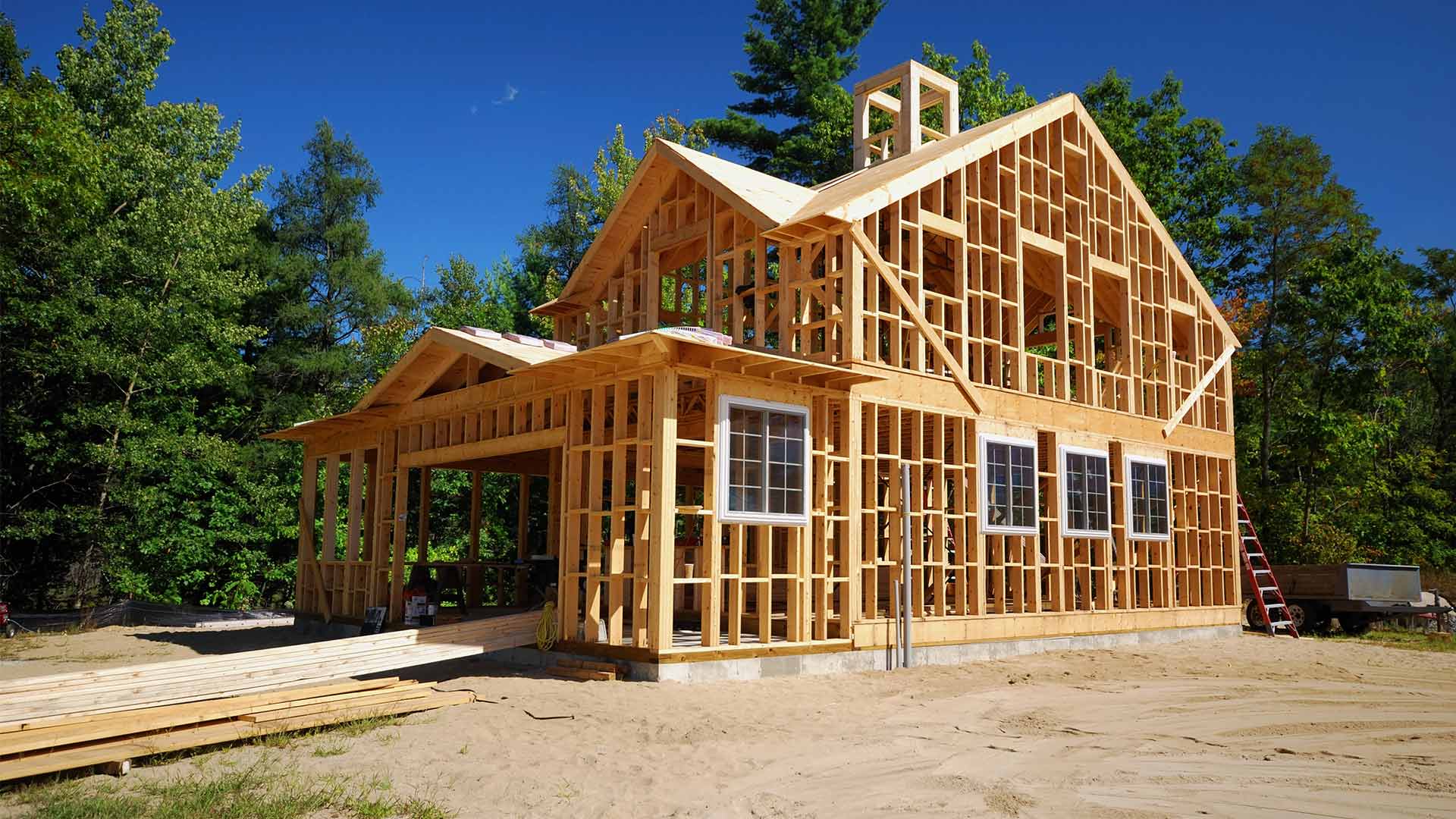

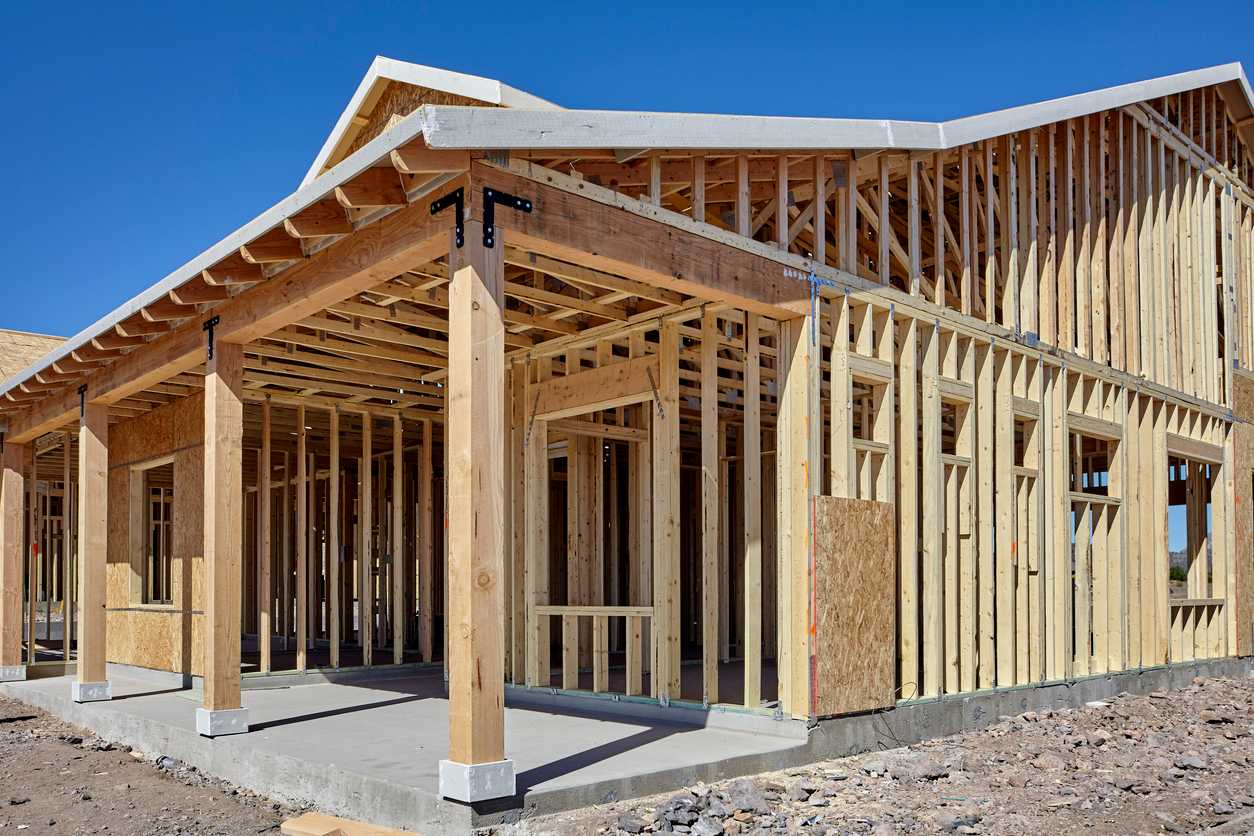
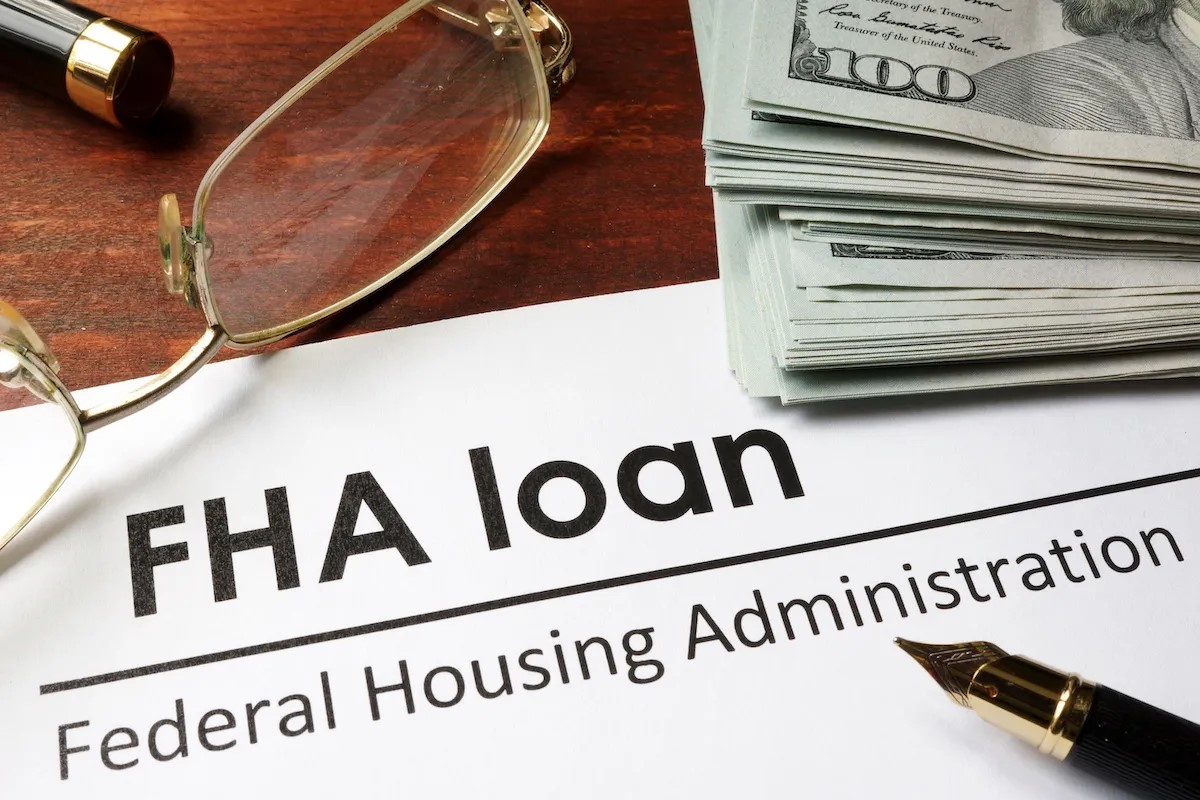
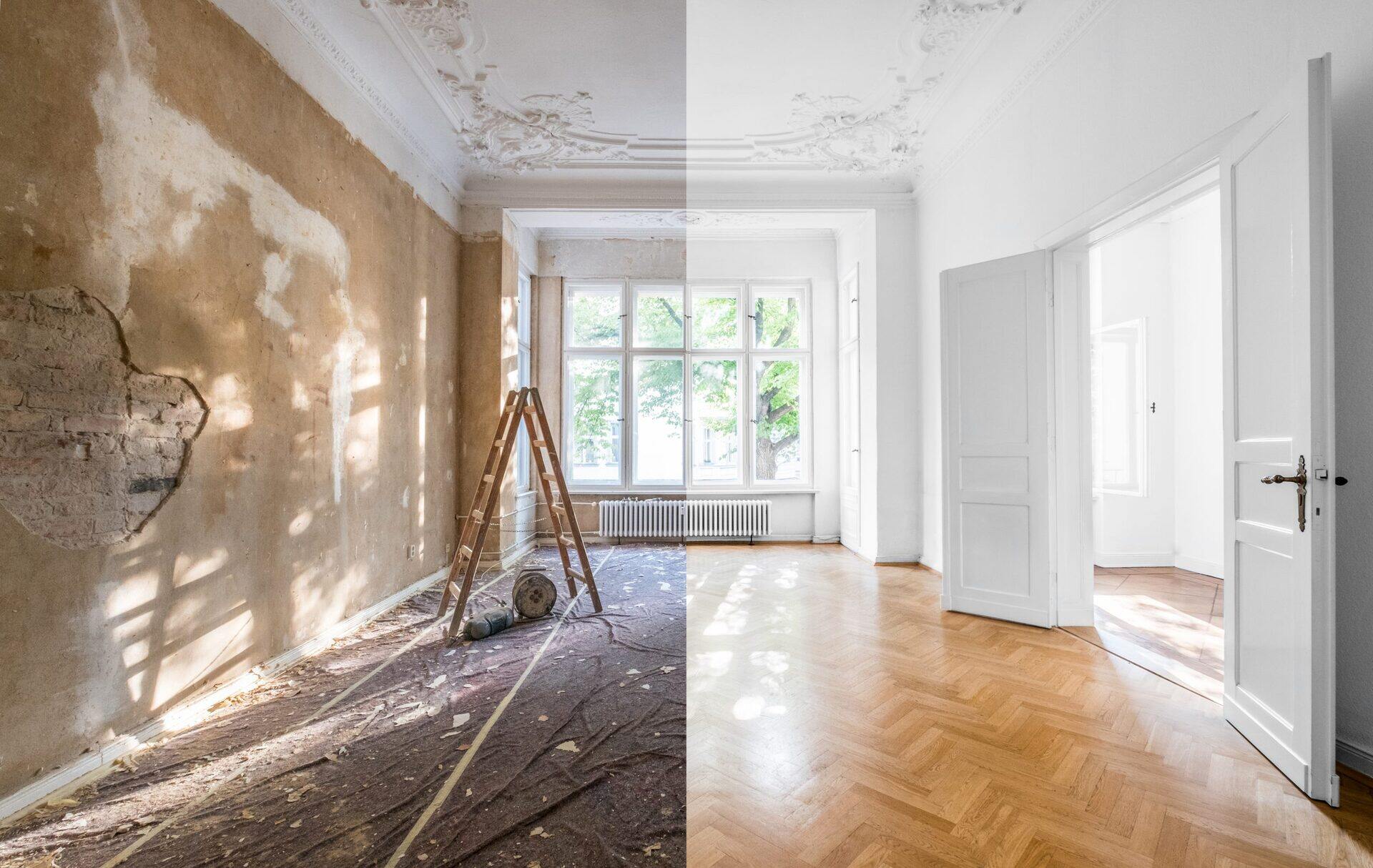

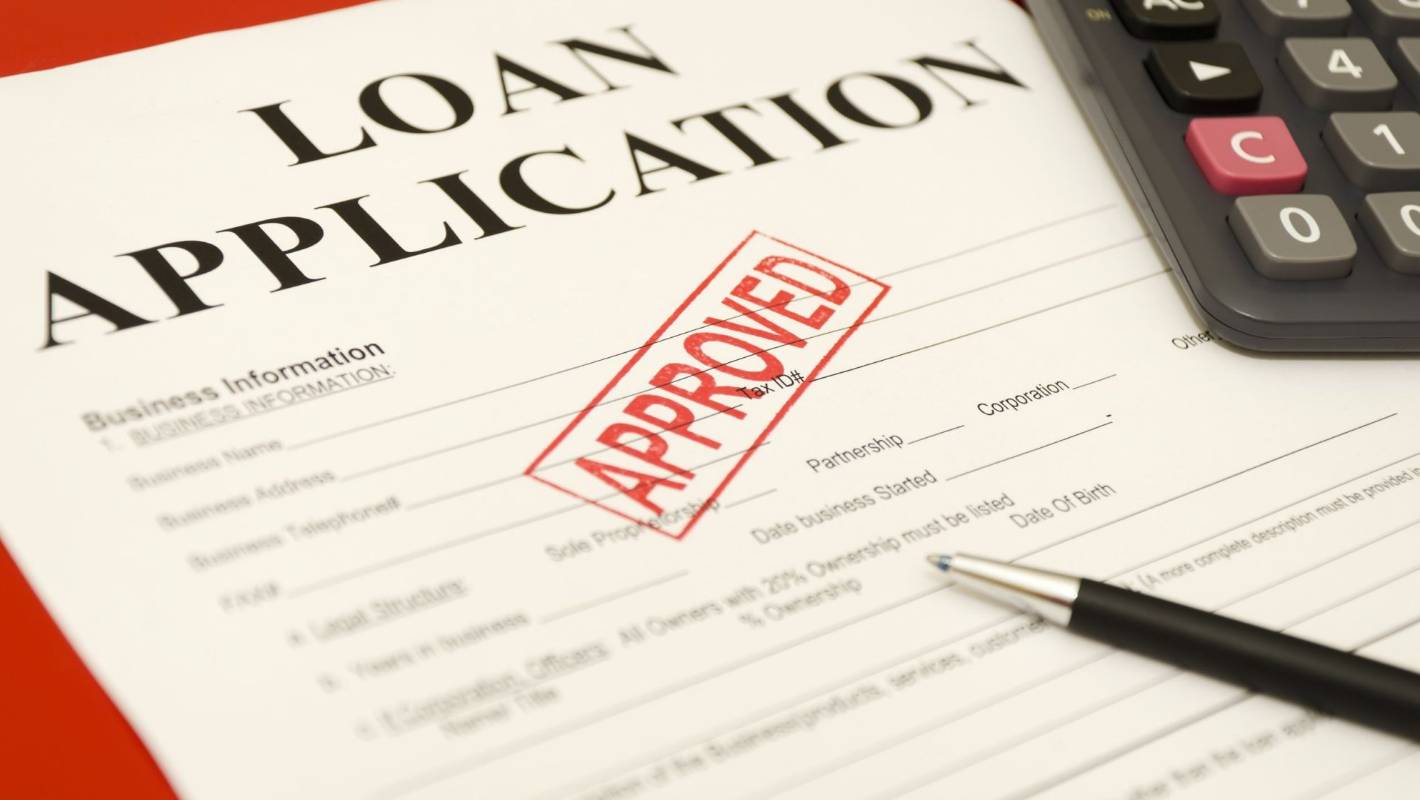
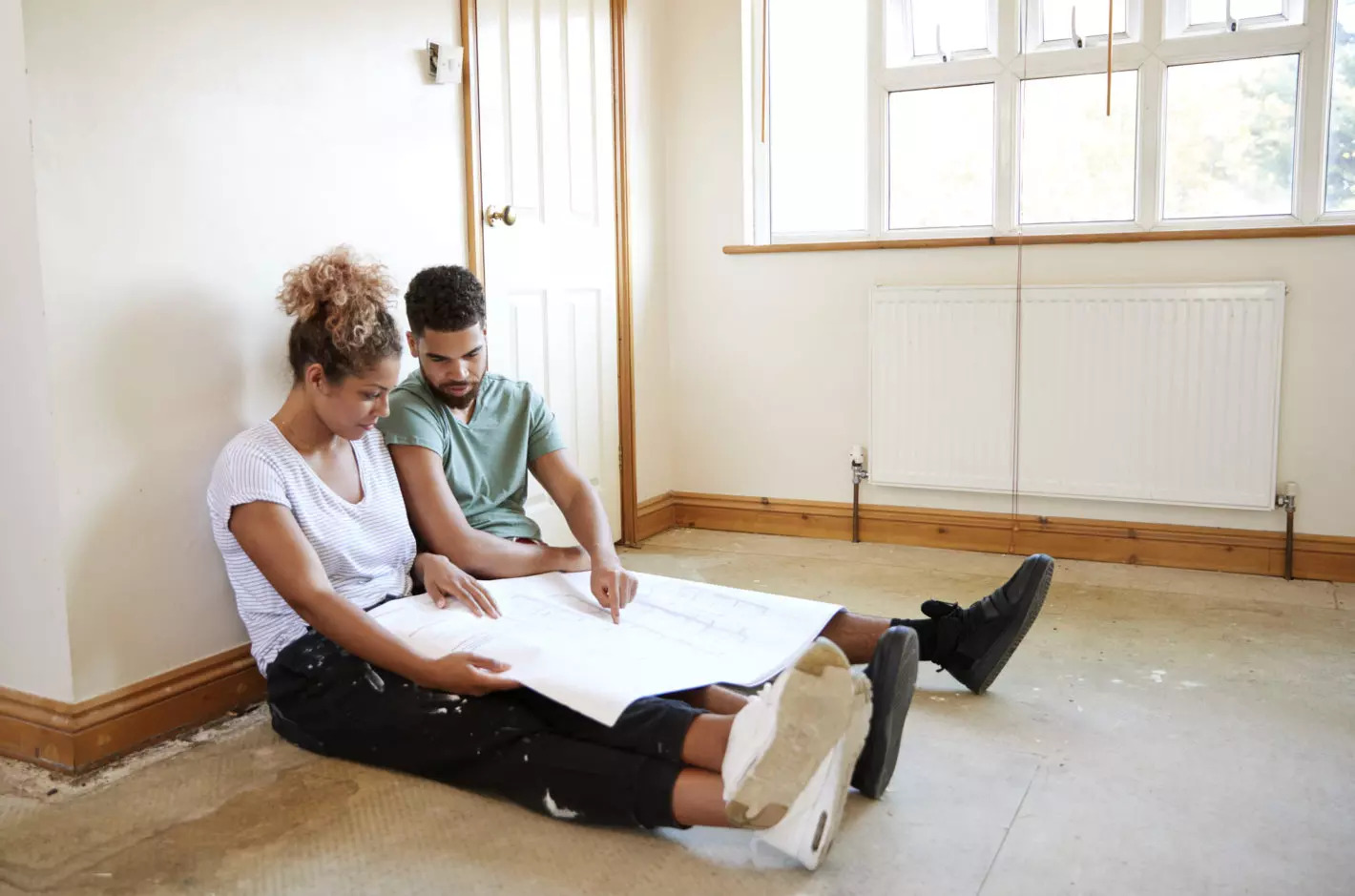
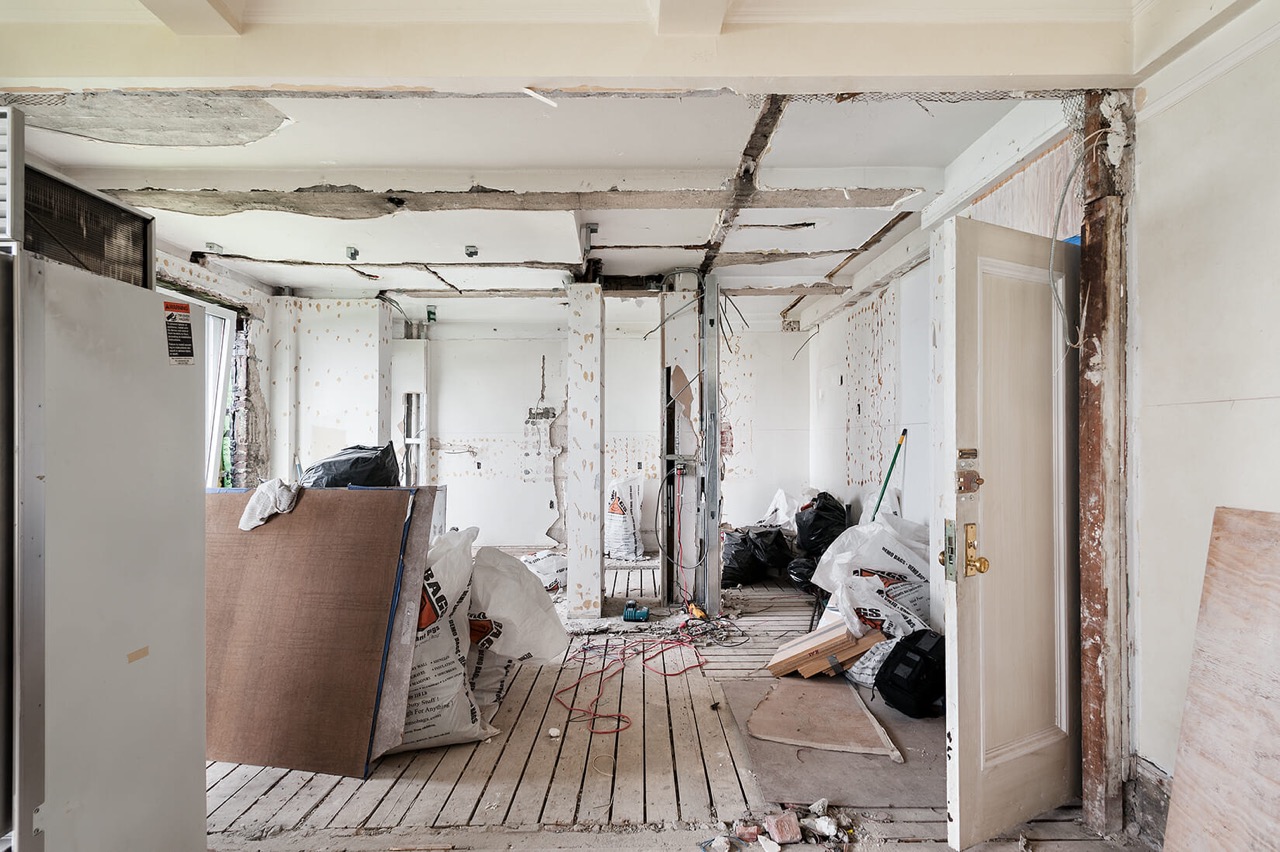
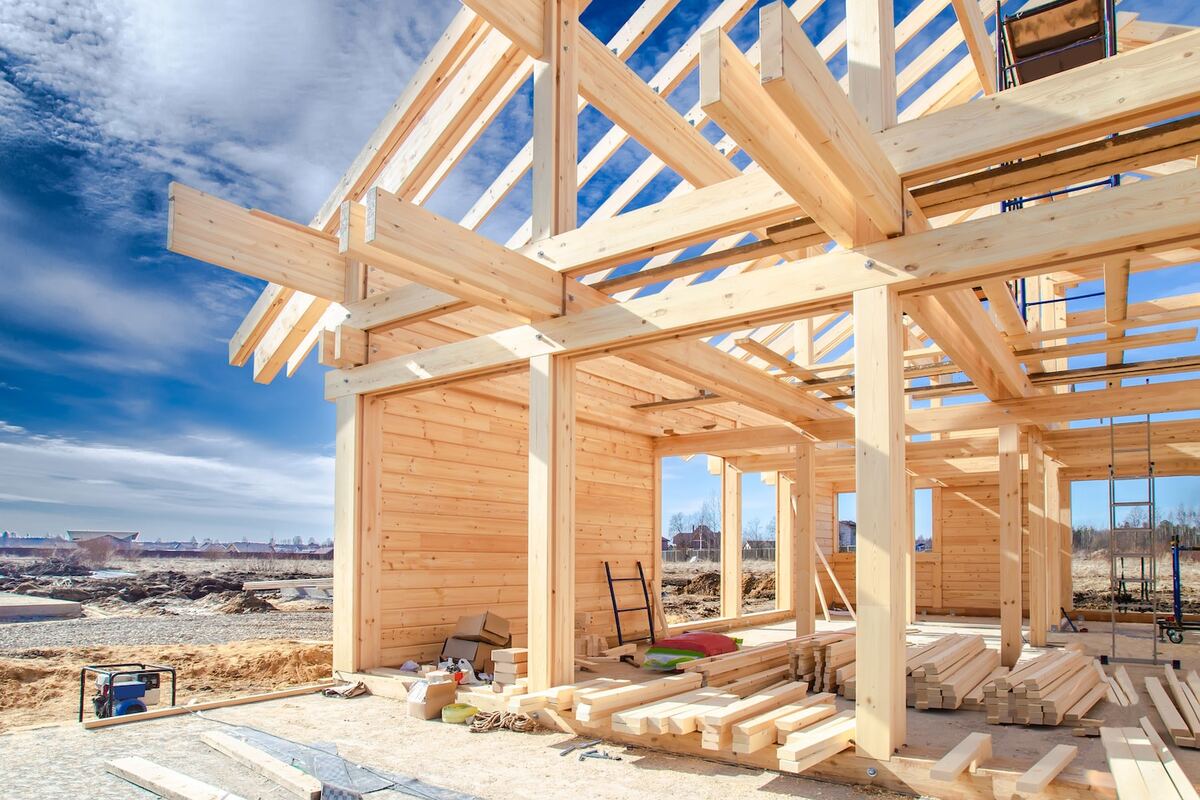
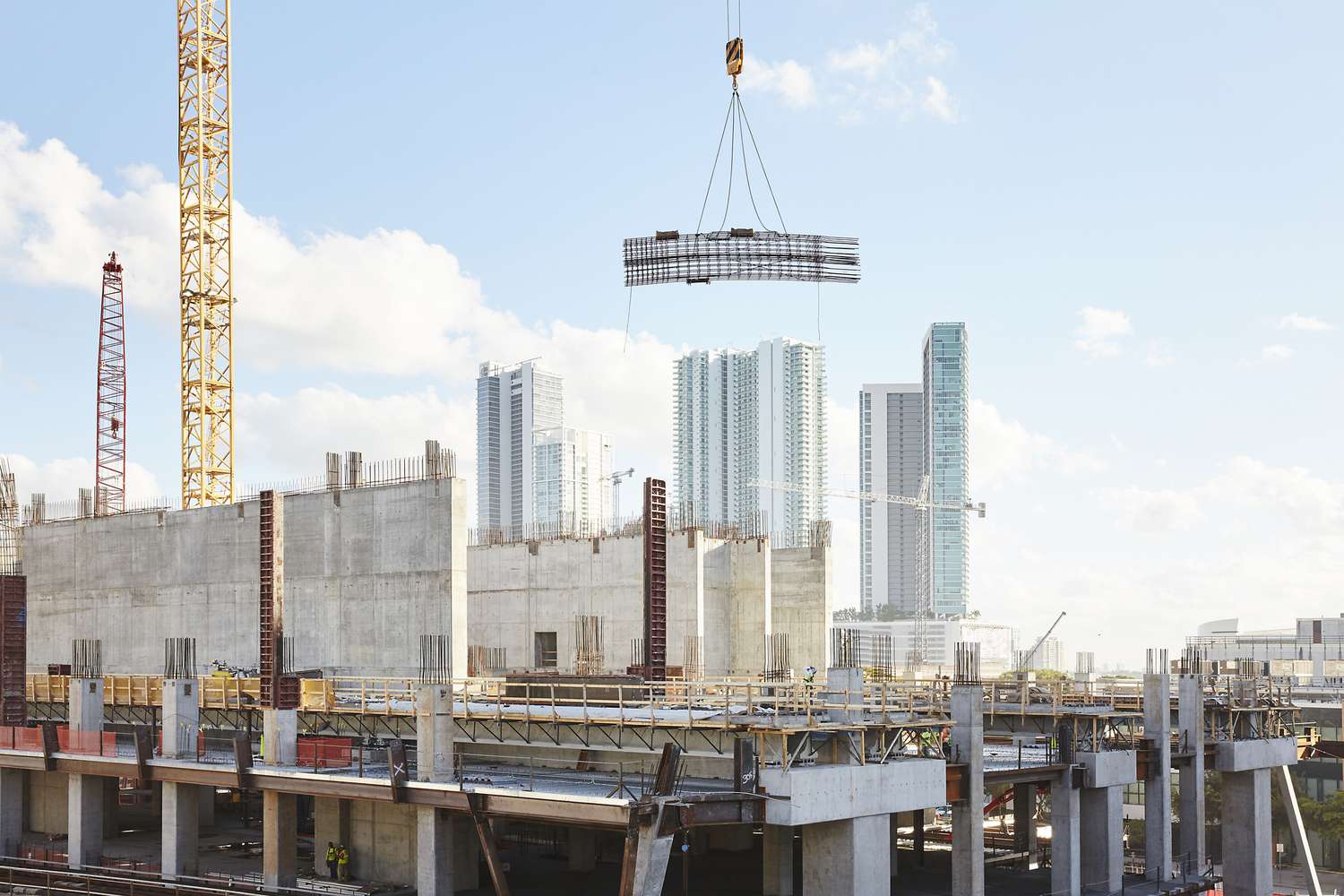
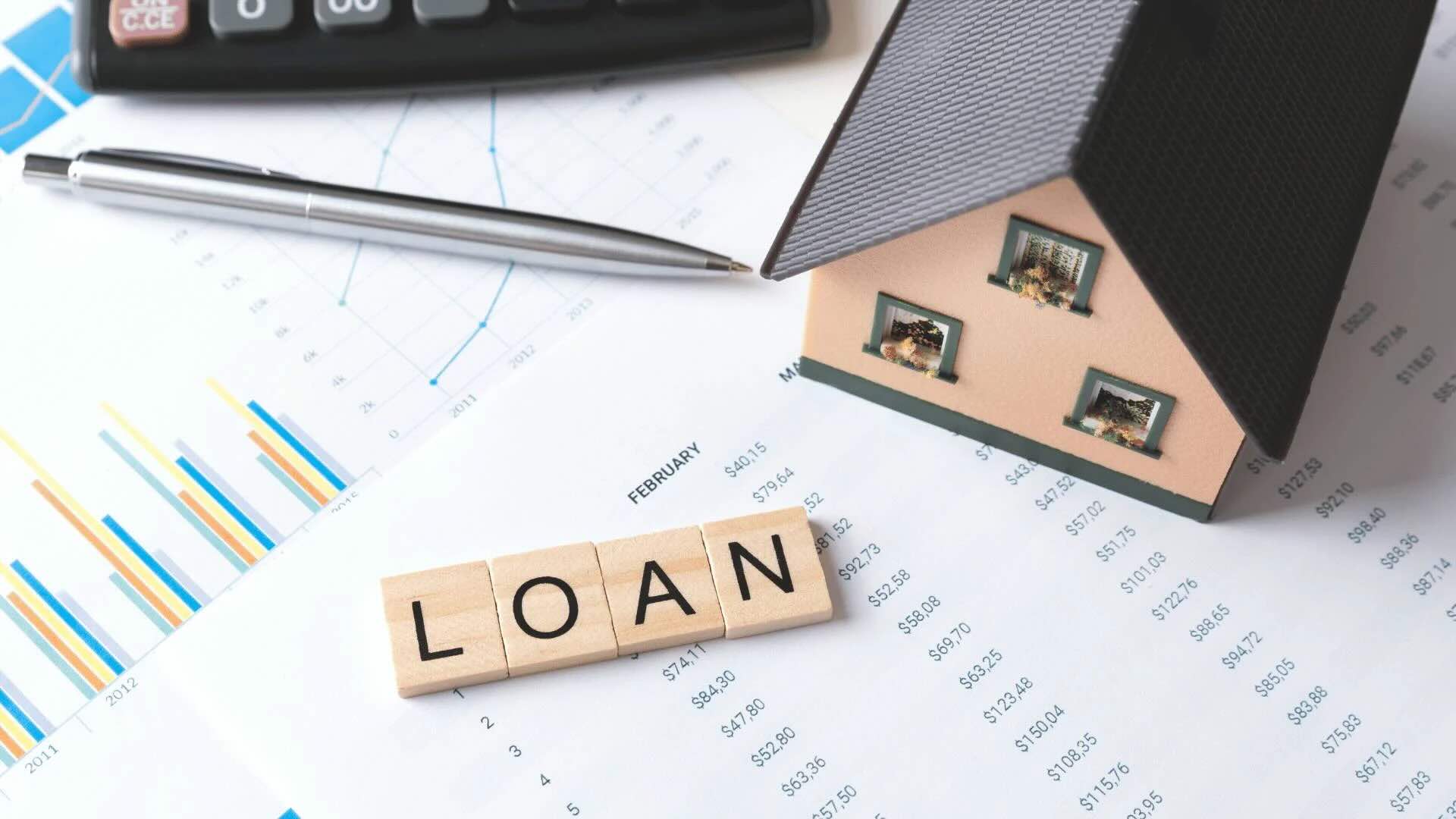

0 thoughts on “What Is A VA Renovation Loan”